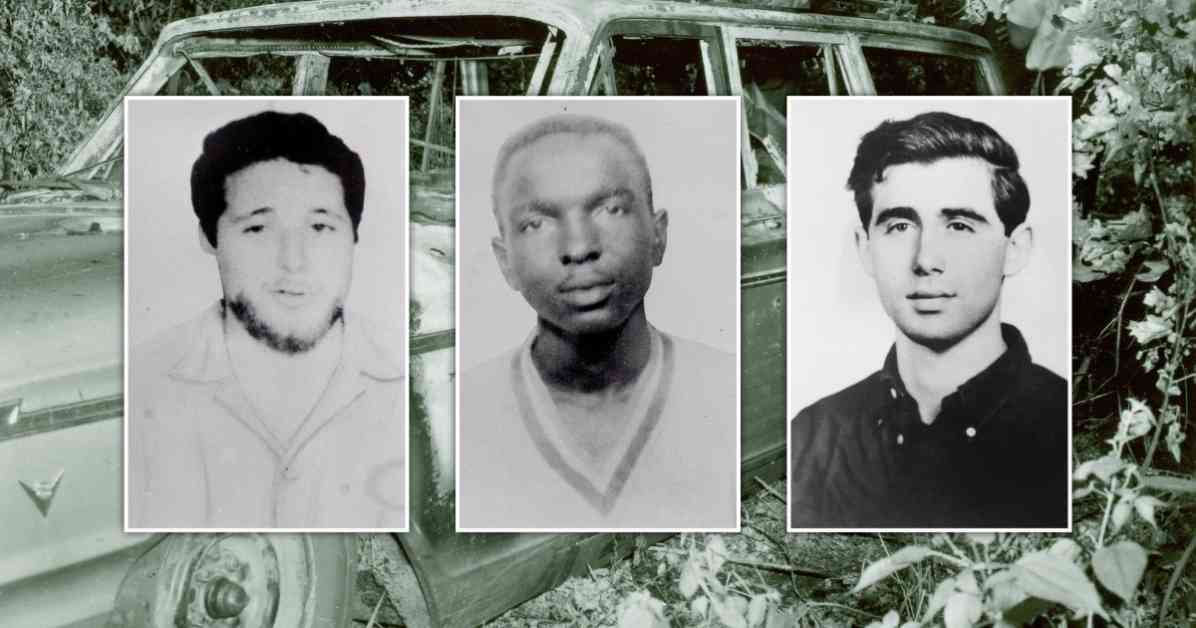In a small Mississippi town, a hilltop grave bears an inscription that reads, “There are those who are alive, yet never live. There are those who are dead, yet will live forever. Great deeds inspire and encourage the living.” This grave belongs to James Chaney, a Black activist who was killed by white supremacists, alongside two white civil rights activists, Michael Schwerner and Andrew Goodman.
The year was 1964, when these three men went missing in Philadelphia, Mississippi, and were later found brutally murdered, lying face down and side by side in the Mississippi mud. This tragic event, known as the Mississippi Burning, shed light on the Ku Klux Klan’s reign of terror in response to the civil rights movement sweeping across America.
James, Michael, and Andrew were dedicated members of the Congress of Racial Equality, working to advance civil rights in the South. Their journey to Philadelphia was to investigate the burning of Mt Zion Methodist Church, which housed a CORE Freedom School for Black children. However, their trip took a tragic turn when they were stopped by Deputy Sheriff Cecil Price, leading to their disappearance and eventual discovery in an earthen dam.
The search for the missing activists lasted over a month, with family and friends suspecting KKK involvement, despite local authorities dismissing it as a hoax. The FBI finally uncovered the bodies, revealing the horrific fate that had befallen the three men. Their deaths sparked national outrage and highlighted the racial disparities in media coverage, as Rita Bender, Michael’s wife, pointed out.
Following the tragedy, Rita dedicated her life to civil rights advocacy, emphasizing the systemic racism that still plagues the nation. Despite the arrests and indictments of several perpetrators, including KKK leader Edgar Ray Killen, justice remained elusive, with lenient sentences for those responsible for the murders.
Sixty years later, Philadelphia, Mississippi, stands as a town marked by its dark past but striving towards progress. Memorials honor the memory of James, Michael, and Andrew, while the town’s Black mayor, James Young, acknowledges the strides made towards reconciliation. An annual anniversary service serves as a reminder of the events that unfolded in 1964, urging the town to reflect on its history while moving forward.
As the town grapples with its legacy of racial violence, Mayor Young encourages the youth to learn from the struggles of the past and embrace the progress that has been made. Philadelphia may have a dark past, but its residents remain resilient, honoring the memory of the three martyred civil rights workers while striving for a better future.












